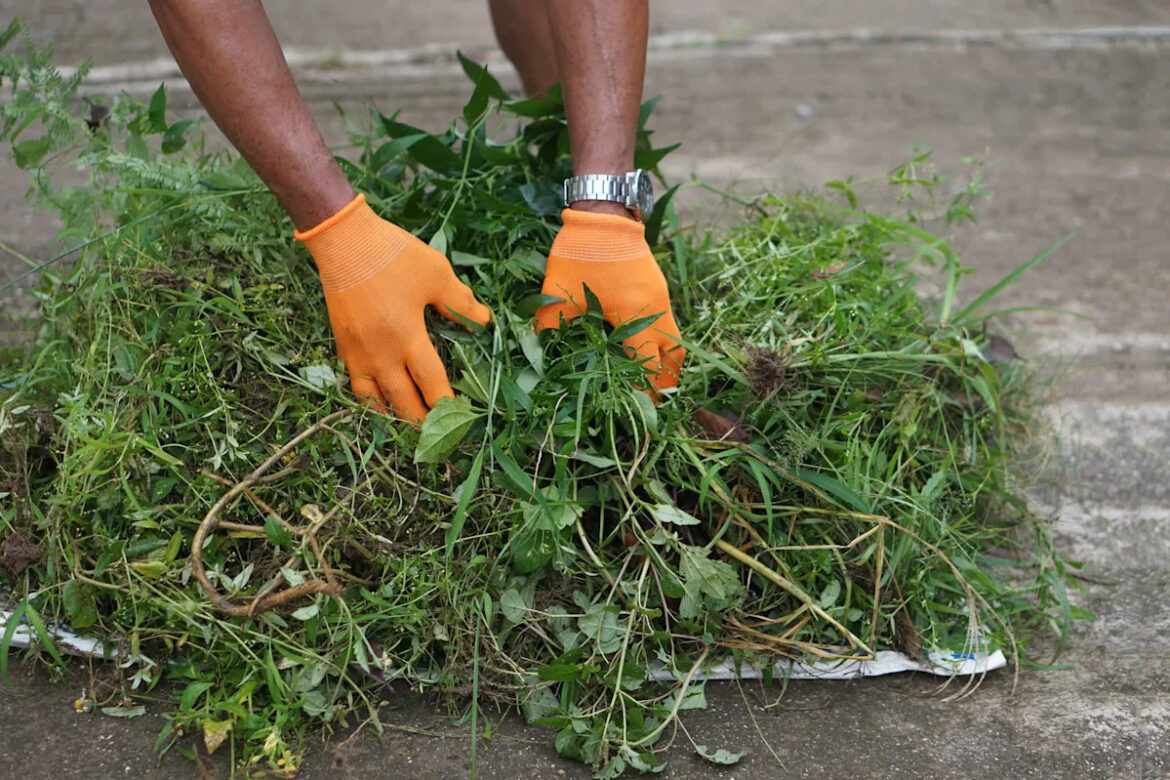TikToker GardeningGrant (@gardeninggrant) has strong opinions about invasive species. He shared them in a recent video praising a New York Times article featuring a famous ecologist.
GardeningGrant agrees with ecologist Douglas Tallamy’s comparison of “invasive plants as ecological tumors.” Malignant tumors can destroy previously healthy tissue as they grow rapidly, causing illness and sometimes death. Non-native plants have the same impact on the environment.
The ecological death may start slowly from the smallest weeds sprouting in a garden to fast-growing Japanese knotweed strangling a tree trunk. As invasive plants choke out native ones, they decrease the biodiversity essential to a healthy ecosystem.
Strong biodiversity is a natural defense against climate warming, according to the United Nations. Thriving native plants soak up excess carbon that would otherwise trap heat in the atmosphere, leading to 2024 being the hottest year on record since 1850.
The United Nations states that with a three-degree Celsius increase in planet warming, 41% of mammals can lose their habitat. A two-degree Celsius increase in oceans can kill off 99% of coral reefs.
For example, the Monarch butterfly, which relies on one specific plant — milkweed — for foraging and nesting, has suffered population loss from droughts and wildfires. Luckily, some people have fought back by planting more milkweed.
Watch now: Giant snails invading New York City?
That’s why GardeningGrant is urging everyone to “identify and remove your invasive plants” that “destroy ecosystem after ecosystem.” If pollinators can’t eat and nest, they’ll die off and devastate the food chain that all life relies on. Without native plants to cool off the planet, more devastating weather patterns from drought and dried waterways will continue.
From a small plot to a massive landscape, you can start rewilding your space with organic mulch, compost, and native seeds appropriate to your region. Clearing existing invasives may take years, but it’s worth it.
Cultivating native plants requires less water and maintenance, thus reducing expenses, along with the air pollution and noise pollution linked to mowing.
Mix and match your lawn options for an aesthetic effect with buffalo grass, native trees, and flowers. Add groundcovers as natural barriers to weeds and erosion — some of the most popular ones include clover and ginger.
One commenter said, “Dug up all my ditch lilies because of you.”
Another exclaimed, “Columbus, Ohio, and several of its suburbs are getting paid $100-150 to remove invasive trees and replace [them] with a native tree.”
Join our free newsletter for good news and useful tips, and don’t miss this cool list of easy ways to help yourself while helping the planet.

